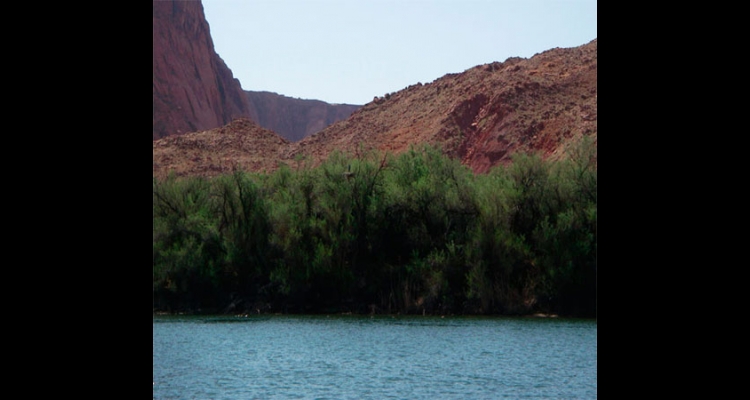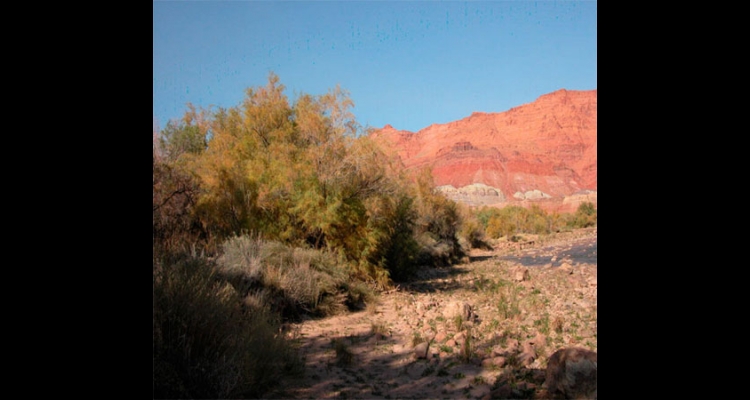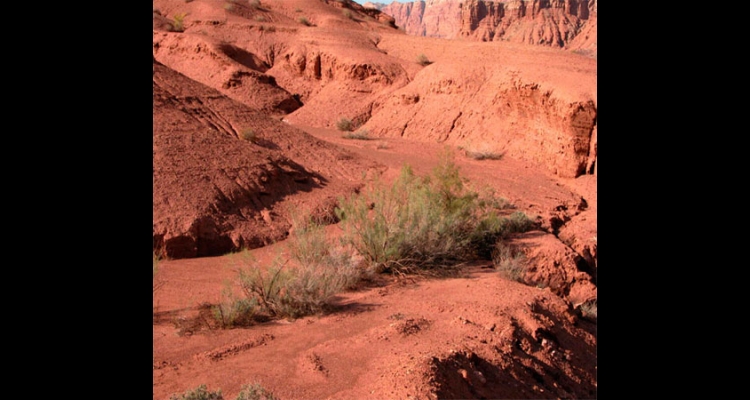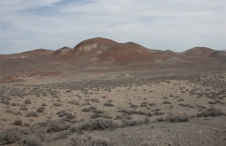Tamarisk
Tamarisk is arguably one of the nation's top ten nefarious weeds, and Nevada is unlucky enough to have more than its fair share of it. This shrub or small tree exerts many negative effects on ecosystems and human resources, including decreased native plant and animal diversity, an accumulation of salt in soils, increased water loss, narrowing and incision of river channels, and increased fire risk. Tamarisk is a halophyte, a plant species that is able to grow under extremely salty (saline) conditions, hence its alternative common name, saltcedar. Specialized glands in its feathery leaves are able to accumulate and excrete salts. Very few plants of any species can grow beneath tamarisk, due to both shading and high salt content of the leaf litter mat—the ground cover composed of decaying vegetation.
The genus Tamarix is of Eurasian origin and contains nearly one hundred species, of which at least eight have become well established in the western United States. Hybridization among species is common in their introduced range, and the majority of Nevada tamarisk plants are Tamarix ramosissima x T. chinensis hybrids. Tamarisk first appeared in Nevada along the Virgin River in 1919, and it became common in many locations during the 1930s. It was originally planted as an ornamental species and can still be found on many landscaped properties. It also was used as a windbreak and for controlling erosion.
The same attributes that favored tamarisk for planting in extreme environments have enabled its rapid spread at the expense of native plant species. It can reproduce rapidly by seed along river banks, reservoir margins, and intermittently flooded arroyos and playas. It is especially favored by rivers with dams that reduce peak flows and change the timing of high flow events. Tamarisk releases seed over a longer part of the growing season than do many native shrubs and trees, which are more closely adapted to snowmelt-induced high river flows in early spring. A mature tamarisk plant can produce a half-million seeds each year, and the exceedingly light seeds are equipped with short bristles that aid in dispersal by wind and water.
Although the seedling requires a moist environment initially, tamarisk plants are quick to lay down deep tap roots that can extend many meters below the surface to find groundwater. Adult tamarisk plants can have tap roots as deep as thirty meters. Once firmly established, tamarisk plants can survive both extreme drought and prolonged flooding and will resprout readily following burning, cutting, or burial.
Efforts to control tamarisk must rely on a combination of treatments, including cutting, bulldozing, root raking, burning, herbicides, goats. In addition, Diorhabda leaf beetles are being tested as biological control agents. Simply cutting with chainsaws is not effective unless root crowns are removed or cut stumps are treated with herbicide.
Millions of dollars each year are spent in Nevada to control and remove tamarisk, with costs of treatment ranging from $50-$300 per acre. Yet the ecological and societal costs of not controlling tamarisk are still more substantial, particularly as water resources become increasingly limited in the state's arid regions.






